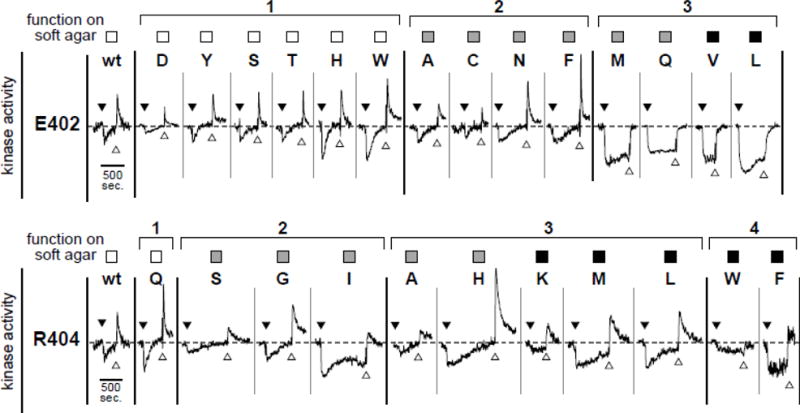Fig. 4. Adaptation behaviors of Tsr-E402* and Tsr-R404* mutants.

Squares at the top of each panel denote the chemotaxis proficiency of strain UU2612 (R+B+) carrying that mutant receptor, as summarized in Fig. 2: wild-type serine ring (white), aberrant serine ring (gray), and no serine ring (black). Data are the YFP/CFP ratio values from in vivo FRET kinase assays in strain UU2700 (R+B+) plotted at the same vertical and horizontal scales for each mutant receptor. Black triangles indicate addition of a K1/2 concentration serine stimulus. White triangles indicate serine removal. The horizonal dashed line indicates the pre-stimulus baseline level of kinase activity to which the system returns upon full adaptation and/or stimulus removal. Transient kinase activity spikes upon stimulus removal occur because of methylation increases that took place during the adaptation phase of the response.
